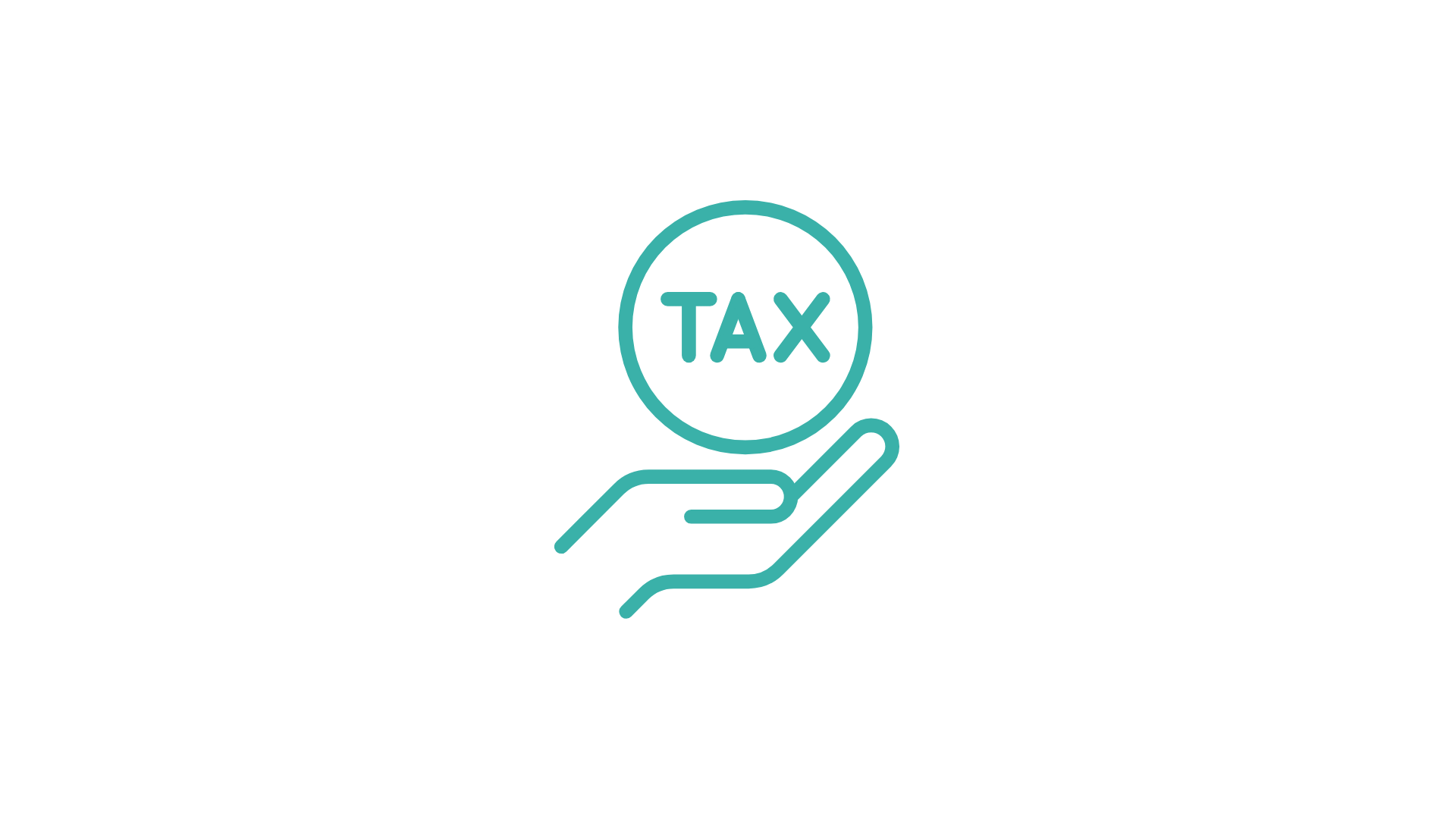Deciding on establishment of a businessEntrepreneurs face many difficult choices. One of them is the choice of the form of taxation. It is this decision that determines many subsequent actions that the entrepreneur will take in the event of contacts with the tax office and during the current payment of social security contributions (health premium) and taxes.
Currently, we can distinguish 3 forms of taxation intended for new economic entities. Each of them has a number of advantages and disadvantages and works well in specific forms of economic activity. How to choose the best form of taxation for your company? How to pay your income tax profitably if you are an entrepreneur?
[accounting_banner]
Flat rate or linear? How to prepare for choosing a form of taxation?
Lump sum or flat tax? When does the lump sum pay off? Is your business activity one of the industries that can be taxed with a lump sum? These are just some of the questions we face at Open Profit. Beginning entrepreneurs encounter many difficulties related not only to registering a company, but also to deciding what form of taxation will be best for them.
Your choice determines, among others, the tax rate, the possibility of deducting health insurance premiums and deducting tax deductible costs in the annual settlement. What's more, the choice of the form of taxation also affects the amount of the health contribution (linear - 4.9%, general - 9%, lump sum - thresholds and the possibility of deducting half of the contribution from income). That is why it is so important to properly prepare and thoroughly explore the subject related to the choice of the form of taxation.
At Open Profit, we offer professional accounting consultancy, including helping you choose the best and most advantageous form of taxation for your company, because it is a process that requires a wide range of information and the mere analysis of the regulations may have problems with optimization. Regardless of whether you run a sole proprietorship or employ employees under an employment relationship, our specialists will professionally take care of the finances of your business and guide you to the best tax decisions that will pay off.
Contact us!
Available forms of business taxation
First of all, it is worth realizing that the form of taxation is largely arbitrary (with small exceptions). When you register your business activity on the CEiDG-1 form, you can choose one of three forms of income tax payment:
- on general terms, i.e. according to the PIT tax scale,
- according to the flat tax,
- according to a lump sum on recorded income.
Until recently, you could use the fourth option, which is the tax card, but the changes introduced by the Polish Order have excluded this form of taxation for new entrepreneurs.
If the entrepreneur does not select any form of taxation during company registration, he is automatically assigned to the basic tax on general rules. However, it is possible to change. Until when can you switch to a flat rate and how to switch to a flat rate from linear or general? It is necessary to submit the CEiDG-1 update to the competent head of the tax office by the 20th day of the month following the month in which the taxpayer earned the first income from running a business. However, if such income was achieved in December, the time for change closes until the end of the tax year.
If you are wondering which form of taxation to choose, it is best to first look at each one separately. Here is a brief summary of the distinctive features of each opportunity.
General rules
The tax scale, also known as the tax on general terms, is the most popular solution not only among entrepreneurs, but also among people who are, for example, in an employment relationship. This tax is based on a two-tier tax scale in which the percentage of fees payable to the tax office determines the amount of income (not revenue!) obtained in a given tax year (paid quarterly or monthly).
In the tax scale, we can distinguish two levels:
- up to 120,000 income per year - 12%
- from 120,000 income per year - 32%
At the same time, it should be emphasized that the use of the tax scale enables the deduction of tax deductible costs, joint settlement with a spouse, child relief, or other types of tax relief. Despite numerous advantages, the solution also has several disadvantages, such as the need to keep a Tax Income and Expenditure Book and the inability to deduct health insurance premiums. What's more, in the case of high income obtained from business or full-time employment, the tax on general terms is as much as 32%, which is often simply unprofitable (although it happens that a joint settlement with a spouse eliminates entering the second tax threshold if he has low income ).
flat tax
Entrepreneurs conducting business activity can also opt for a flat tax. In the case of the flat tax, we are talking about a fixed rate, which is 19% regardless of the amount of income earned. This is certainly a more convenient solution for people who exceed the second tax threshold on a tax scale. What's more, the flat tax is easy to calculate because you don't have to remember about the changing tax amount. It is also possible to deduct the costs of obtaining registered income and health insurance premiums up to PLN 10,200 per year.
Unfortunately, the flat tax is also associated with the inability to settle with a spouse or child in the case of independent parents. Taxpayers also cannot take advantage of most tax reliefs, such as a tax-free amount of up to PLN 30,000.
Lump sum on registered income
A lump sum on registered income may prove to be the most advantageous tax option for many entrepreneursbut not everyone can take advantage of it. When choosing this form of taxation, first of all, it is necessary to check whether the type of business activity is included or has been excluded in the Act on flat-rate income tax on certain revenues of natural persons. According to this act, the lump sum on registered income applies to the income of natural persons, inherited enterprises from non-agricultural economic activity, civil partnerships and general partnerships. The lump sum rates are 2%, 3%, 5.5%, 8.5%, 10%, 12%, 12.5%, 14%, 15% and 17% and depend on the type of business and sometimes also on the amount of income earned. The health contribution - as in the case of the flat tax - may be deducted in part depending on the income.
However, there are companies for which this form of taxation has not been enabled. These are companies that, among others:
- use a tax card,
- benefit from a temporary income tax exemption,
- they earn revenue from running pharmacies, exchange offices, or trading in parts and accessories for motor vehicles,
- produce products subject to excise duty (except for the generation of electricity from renewable energy sources),
- provide services to a former employer (if the owner was employed there in the previous tax year).
In addition, there is also a revenue limit of EUR 2 million in the year preceding the tax year in which the settlement takes place.
Flat rate tax vs. lump sum tax on registered income – which is better?
It is difficult to say clearly which is better - a flat tax or a lump sum tax on registered income or a tax based on general rules. Income tax is one of the basic fees that is necessary for the company to maintain the ability to operate and not fall into debt to the tax office, which is why the form of taxation and its appropriate adjustment is an extremely important matter.
Flat rate vs. linear is a choice faced by most entrepreneurs with revenues above PLN 120,000 per year, which would involve paying as much as 32 % of income tax on a tax scale. In this case, much depends on the business and the costs of obtaining recorded income. Certainly, for people who have high costs, a flat tax will be a better solution. In the case of entrepreneurs who run activities that do not generate high revenue costs, e.g. freelancers, a lump sum may be better.
Lump sum and flat tax - basic differences
The transition from a flat-rate to a flat-rate or from a flat-rate to a flat-rate is in many cases a problem that appears only after time. However, in order to decide to change the form of taxation, it is worth knowing the basic differences that we have presented in this short summary:
- The flat tax is characterized by a fixed rate of 19%, while the flat rate operates at the rates of 2%, 3%, 5.5%, 8.5%, 10%, 12%, 12.5%, 14%, 15% and 17%, which depend on the industry.
- In the case of a flat tax, it is possible to deduct tax deductible costs, while a lump sum does not provide such a possibility.
- The flat tax is calculated on the basis of income, and the lump sum is calculated on the basis of income.
- The flat tax does not have a taxation limit, while the lump sum does. This is EUR 2 million.
- When conducting business activity on a flat tax basis, an entrepreneur must keep a Tax Revenue and Expenditure Book, and in the case of exceeding the net amount from sales of EUR 2 million, it is necessary to keep accounting books. Being on a lump sum, all you need is a simplified record of income.
When can you switch to a flat tax?
As in the case of switching to a lump sum, entrepreneurs who have decided to change the form of taxation to a flat tax must update the information contained in the CEiDG-1 application and submit it to the head of the relevant tax office. This can be done by the 20th day of the month following the month in which the first income was earned in a given tax year. As for the change from the tax card, these activities must be completed by January 20.
FAQ:
- How many forms of taxation are available to new entrepreneurs?
Currently, for people who start a business, there are three forms of taxation from which they can choose:
- tax on general terms, i.e. the tax scale,
- flat tax,
- lump sum on registered income.
The choice of the appropriate taxation depends on the form of business and income.
- What are the differences between a lump sum and a flat tax?
The main differences are primarily the fixed tax rate 19% in the case of a flat tax, and various tax rates 2%, 3%, 5.5%, 8.5%, 10%, 12%, 12.5%, 14%, 15% and 17% in a lump sum, which depend on the type activity. In addition, the straight-line method allows you to deduct tax-deductible costs, and the lump sum does not.
- Can the form of taxation be changed during the year?
The form of taxation can be changed by the 20th day of the month following the month in which the first income was earned in a given tax year. This should be done on updating the CEiDG-1 form submitted to the competent head of the tax office.


